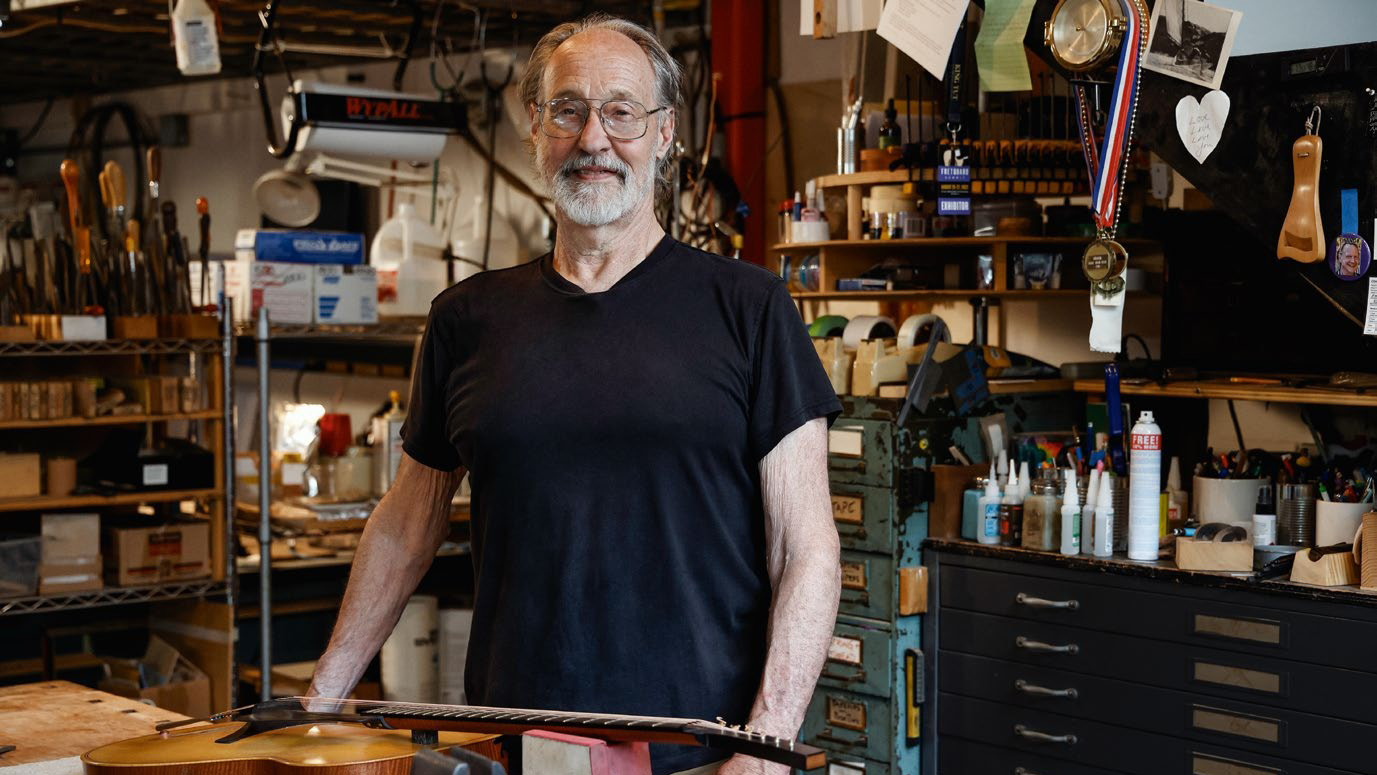How Blackstar’s St. James series made tube amps lightweight without sacrificing tone
Tube amps are old hat, right? If so, Blackstar didn’t get the memo – the St. James series transforms 50 watts of classic tone into a tech-enabled tour de force
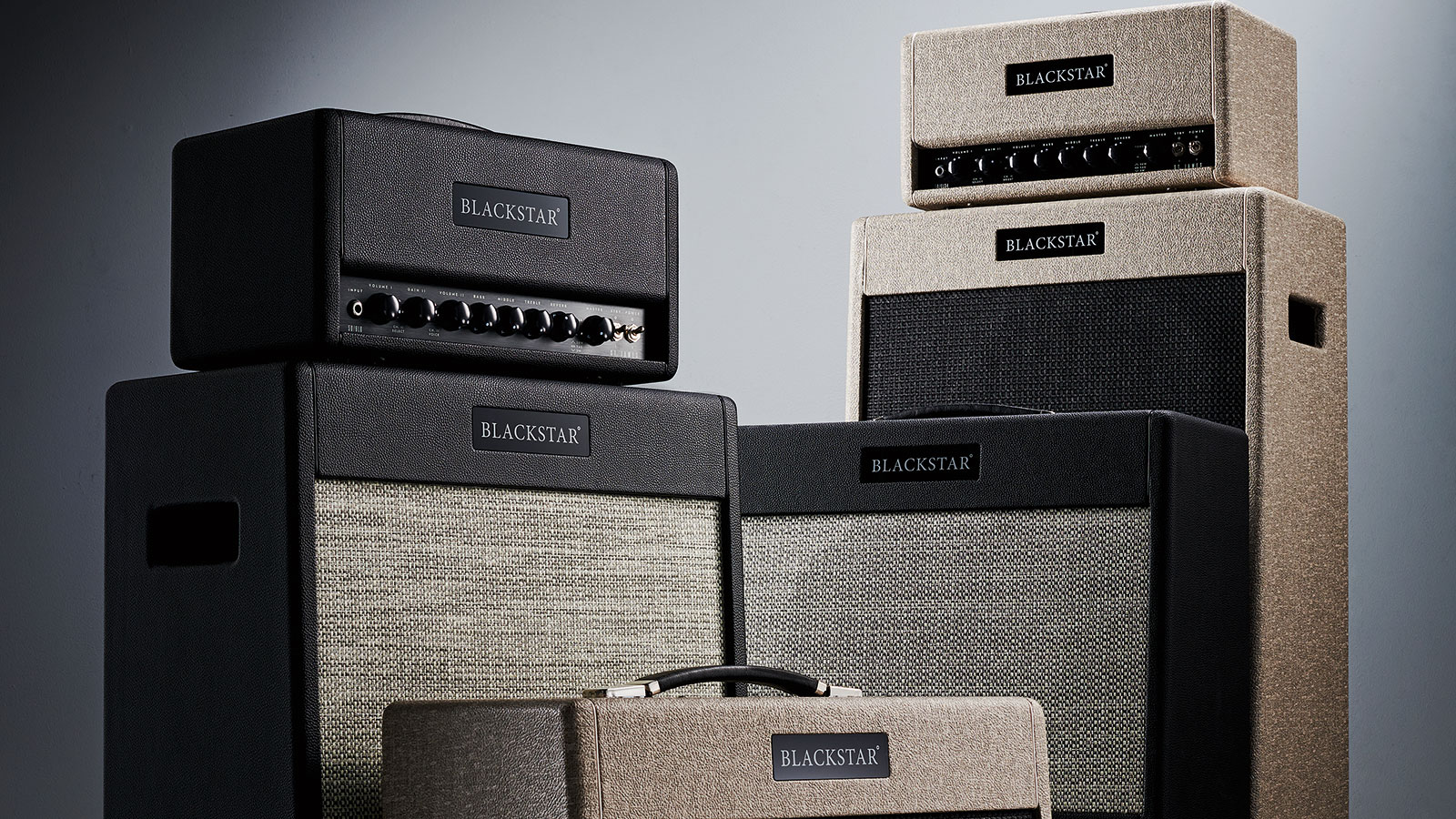
Over the past few years, you’d be forgiven for thinking that using a valve amp was a bit like owning a classic car. Yes, you get all the charm and charisma of the ‘real thing’ but also some less desirable old-fashioned attributes, including heavy weight, limited compatibility with digital recording setups and a fraction of the variety of tones achievable with digital modeling devices.
Ever the innovator, Blackstar has taken a fresh look at some of those basic assumptions and tried to make an amp that looks and sounds completely classic and yet, under the bonnet, is both significantly lighter, more tonally flexible and tech- compatible than any the company has made to date.
For example, if you’re into recording nuanced valve amp tones, you won’t need to mic these up – they come with a reactive load box and cab sim built in, obviating the need to drop another few hundred quid on standalone devices from another maker.
Intrigued, we joined Blackstar senior product developer Alex Gee to find out how the saints came marching in...

You’re stressing light weight as one of the biggest selling points of the new amps. Why is that such an important part of the St James design?
“Well, that’s been the number one asked-for thing from our distributors, from the artists that we work with and from end-customers. The traditional complaint [about a quality valve amp] is, ‘Yeah, it sounds great, bloody heavy, though... so can you take some of the weight out in any way?’
With the advances in technology we have now... we can actually make the amp very lightweight and we can do it without making compromises on tone
“Up until now, it’s been an accepted thing that valve amps are heavy, so if you want something light, get something else. But with the advances in technology we have now, such as switch-mode power supplies, the new woods that we’re using and also the speaker that we’ve been working on with Celestion, we can actually make the amp very lightweight and we can do it without making compromises on tone.”
All the latest guitar news, interviews, lessons, reviews, deals and more, direct to your inbox!
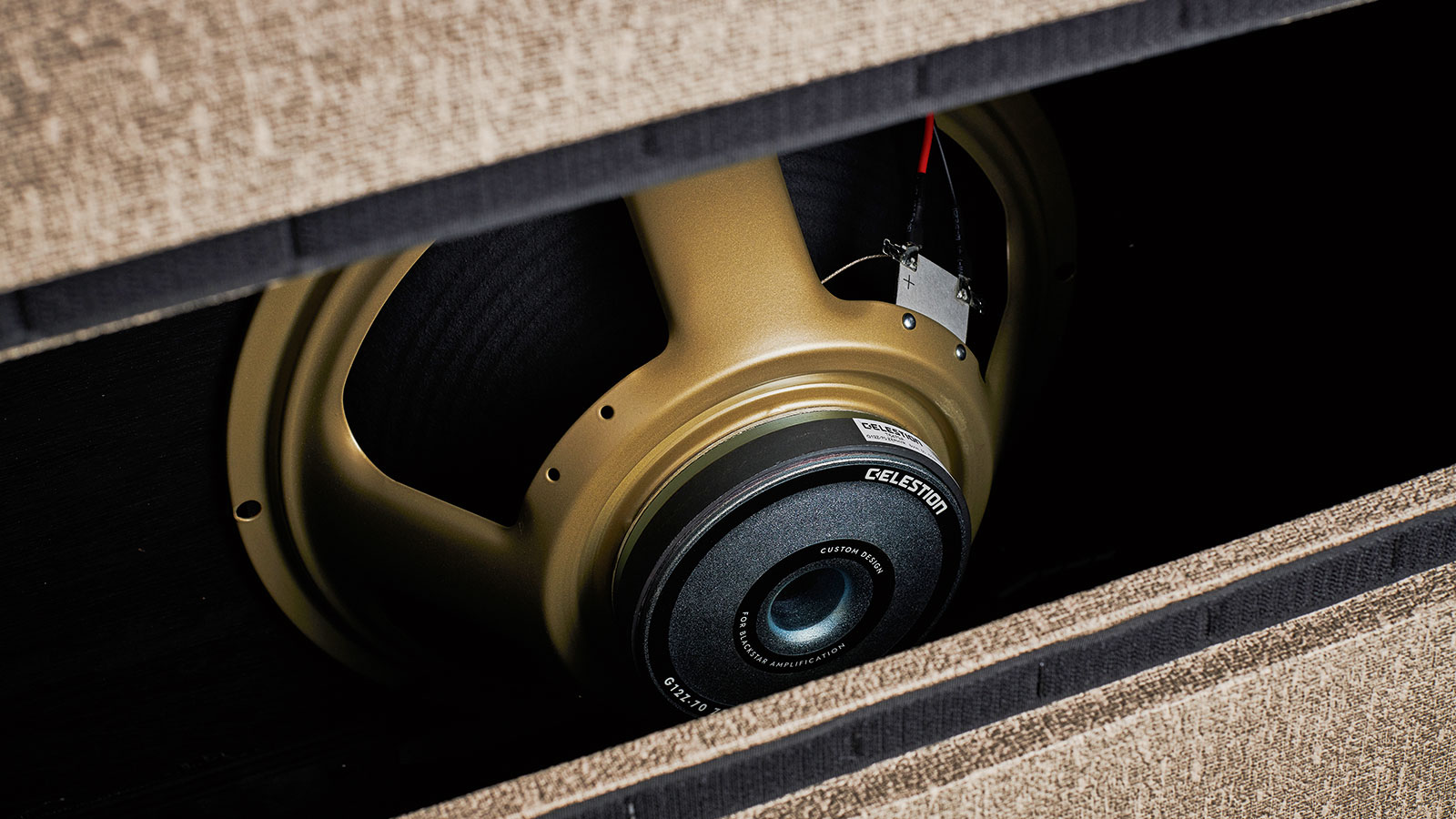
So can we assume the speakers are lightweight neodymium-magnet designs?
“No, the speakers are actually not neos. And that was one of the things we’ve been working on for a long time with Celestion. We’re very close to Celestion, so it’s always nice to work with them on new speakers. We had this idea: can we design a ceramic-magnet speaker with the sound we know and love but with a weight that’s closer to a neo?
“Neos are great and some people really love them. But some people don’t really like them because they’ve got a unique sound. They tend to have a faster attack than ceramic-magnet speakers and can be very clean-sounding, which is great for some kinds of playing. But for traditional players who love Vintage 30 speakers, for example, they are a bit too different.
There’s no point making the lightest-weight valve amp in the world if it doesn’t sound good
“One thing we really wanted was to keep that ceramic magnet sound but reduce the weight. So we worked with Celestion to see what materials we could take away from the magnet and from the speaker without impacting the tone at all.”
Cabs themselves, even with speakers removed, contribute a fair bit of weight to an amp. Did you manage to shave off any pounds there? And what were the trade-offs, if any?
“The cabs on the St James amps are actually plywood, though it’s what’s called ‘candlenut’ plywood. So it’s real wood from real trees that’s been made into ply. It’s really hard-wearing and strong and it’s very similar to a normal plywood cab. We’re not using MDF, which is very heavy, and we’re not using really expensive birch ply and stuff like that, either.
“What we’re using is a nice lightweight alternative to both that doesn’t have very many drawbacks, apart from the fact that it’s a new-ish thing in the market. When we got the first samples of these, we were really happy with the way that they sounded when comparing it to a standard birch-ply cabinet construction. So that was the main thing.
“Obviously, throughout all of the development of the St James amps, tone was always the most important thing. There’s no point making the lightest-weight valve amp in the world if it doesn’t sound good. That was the main thing when we were testing these new lightweight cabs.”
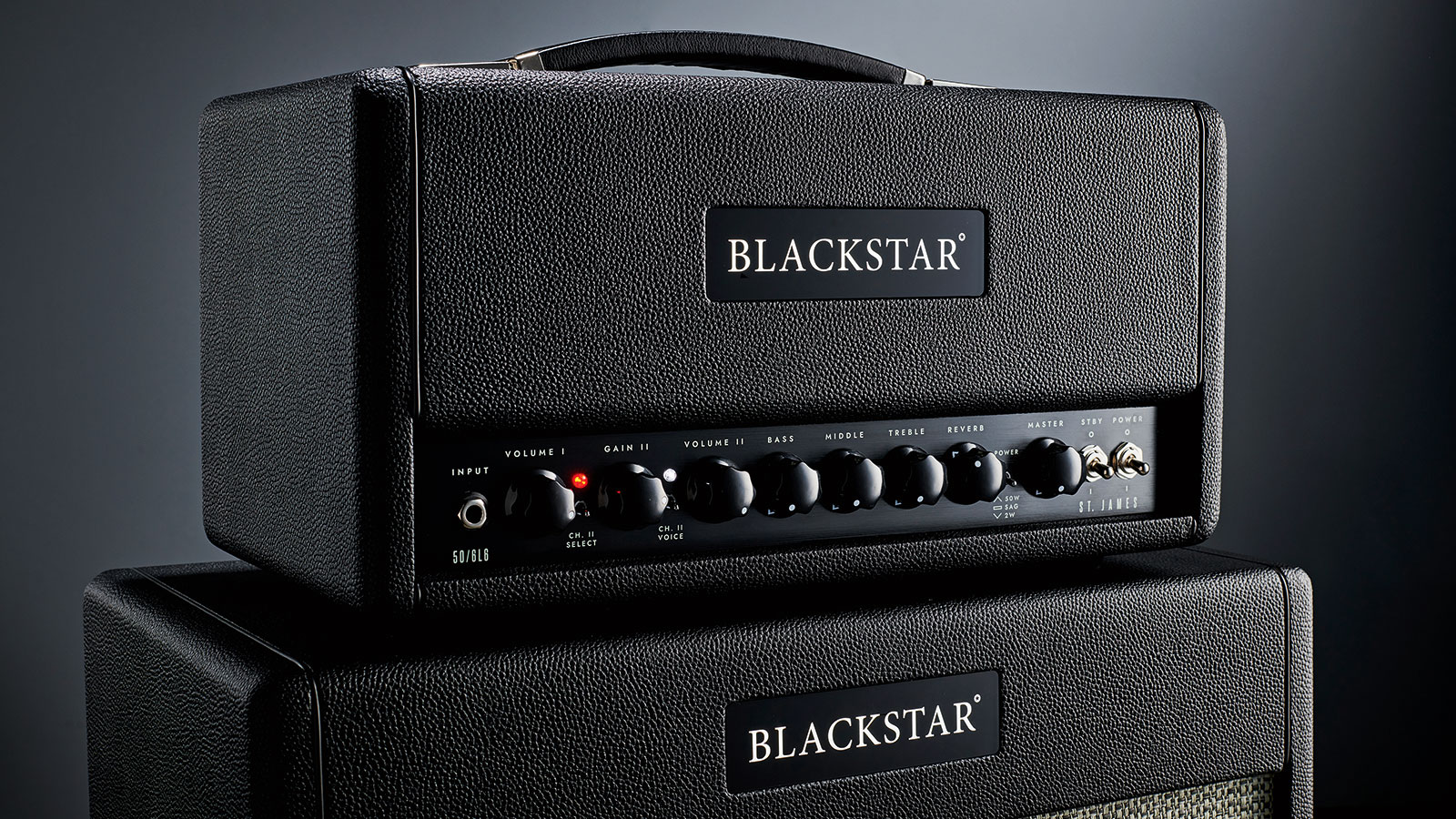
Often, the higher quality the amp is the heavier the transformers. How did you get round that problem?
“That was one of the main R&D and development challenges through this process. A traditional valve amp has two transformers. There’s the output transformer that works with the output valves and speaker to create the sound and the power that you need.
Using switch-mode power supplies in the St James amps means, among other things, that you can fly around the world with these
“Then there’s the power transformer, and really its only job is to deliver high voltage to the amp, with high current. We knew that there had been huge advances in switch-mode power supplies; they save weight and they’re really stable. They’re also universal voltage, so you don’t have to make a US spec and a UK spec, for example... or something different again in Europe and Australia. So those just completely seemed to make sense as a next step, once we’d worked out that you could use them in a guitar amp.
“Using switch-mode power supplies in the St James amps means, among other things, that you can fly around the world with these [and just plug them straight into the local mains power supply without additional step-down transformers and so on]. You don’t even need to change the rating on the back.”
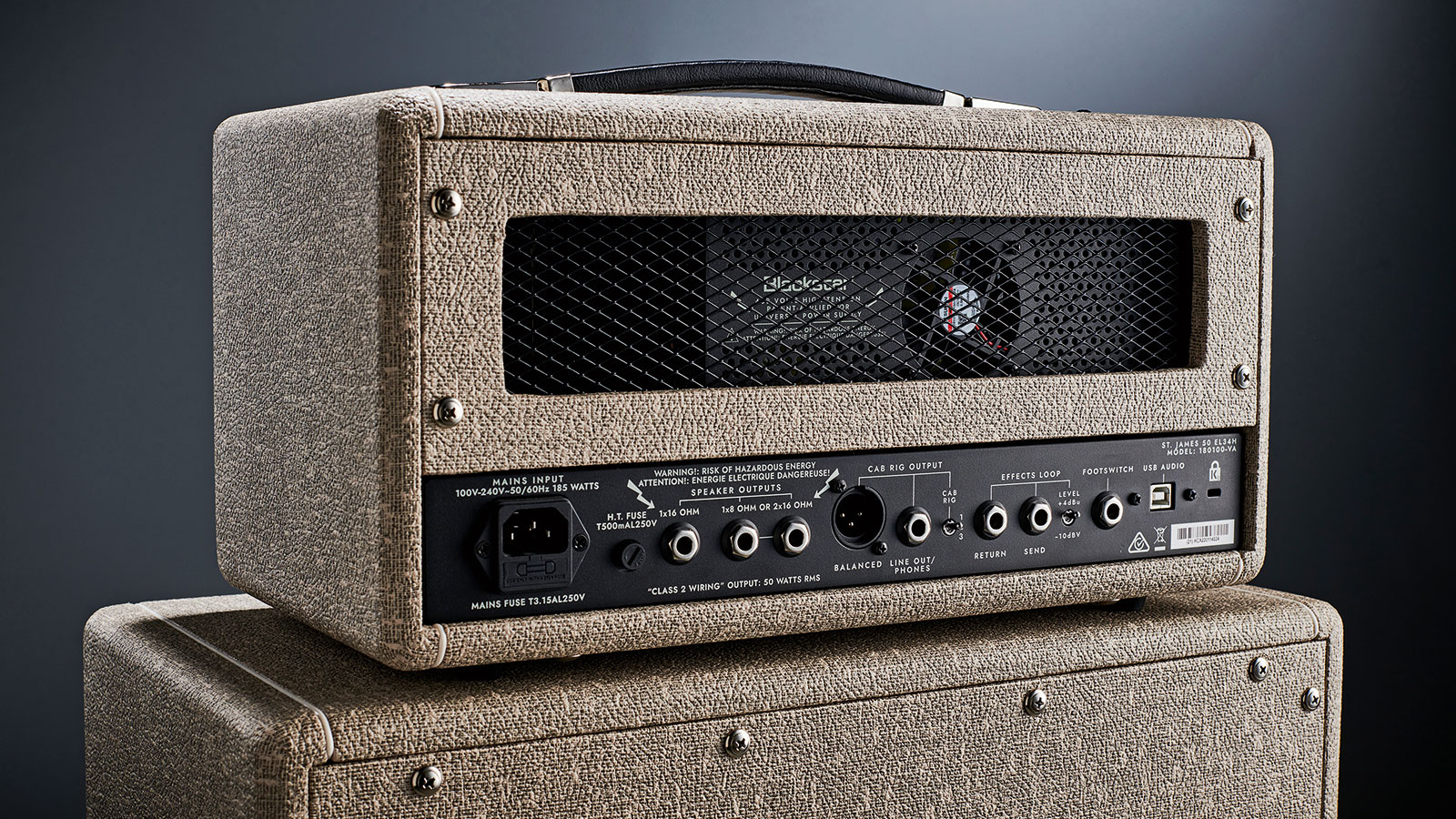
Tell us more – what are switch-mode transformers exactly?
“You can almost think of a switch-mode power supply as a ginormous version of your laptop power supply, although obviously it’s not just a 16-volt thing. We’ve made sure that the voltage it gives is exactly what a traditional valve amp will give.
“The main difference is instead of a big chunk of iron changing your voltage from a main input to the voltages the amp actually needs, there’s a much smaller, much lighter switch-mode power supply doing it.”
That’s the beauty of the switch-mode power supply – you can have super-high headroom if you want, but after that you get all the lovely compression and harmonics and sag
The way a power transformer operates can change the whole character of an amp, so were you worried that switch-mode transformers wouldn’t be able to deliver the feel of a really nice old valve amp?
“Well, there were two steps to that. When we first tried the switch-mode power supplies we needed to do a lot of testing and development to see if the power-amp section sounded the same as it would on a traditional valve amp. We had to decide do we like them? Or do we need to emulate something that a conventional power transformer does in traditional amps that we just haven’t got with the switch-mode power supply?
“So we did a lot of A/B testing between standard output transformers and this new switch-mode power supply and, in the end, we were able to achieve results we were really happy with.”

How about how the amp responds to pick dynamics? Some people like fast, instantly responsive amps and others like amps with lots of bluesy ‘bloom’ and sag. Where do these new amps sit on that spectrum, and how does the switch-mode power supply factor into that?
“In a traditional valve amp, such as our Series One 200, there’s a massive power transformer. They’re really overrated [in terms of power handling] so it can deal with anything; you’re never going to sag that power transformer. But in a lot of smaller valve amps and a lot of vintage amps, the power transformer is much lower rated. When you’re going for it, when you’re diming out the master volume, you’ll find that the power to the valves sags a little bit.
“So one thing that was different between the switch-mode power supply and a standard transformer is that the switch mode is just so solid all the time, delivering all of the current at the voltage you need. We intentionally added a sag switch to the St James design that can emulate that ‘bounce’ of a lower-spec’d power transformer if you want it.
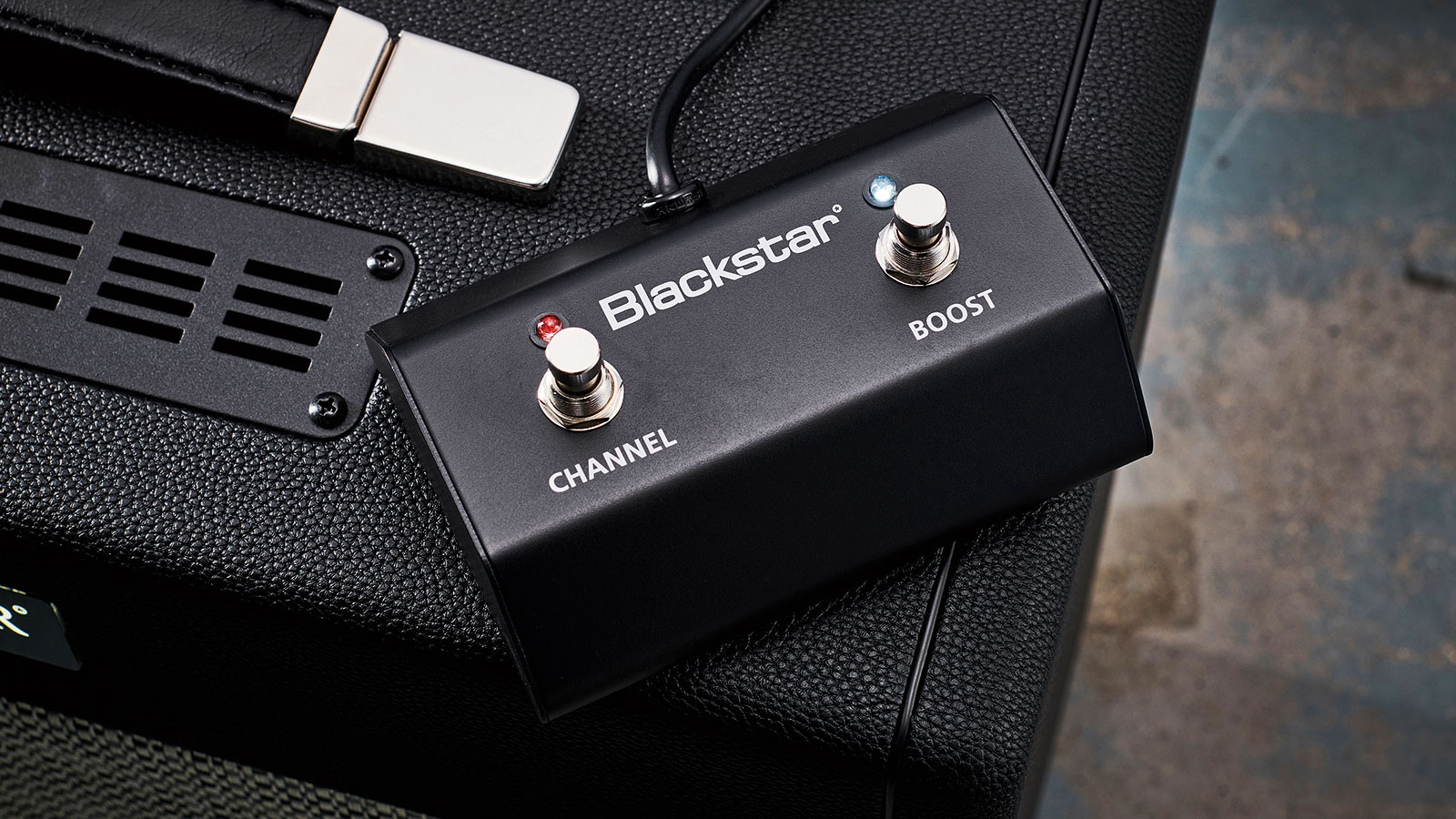
“Actually, I think that’s the beauty of the switch-mode power supply in the St James amps – you can have super-high headroom if you want, where you’re getting all of those 50 watts all of the time. But if you switch on that sag control you get 50 watts for the instant peak of that note, but after that you get all the lovely compression and harmonics and sag that a lower-powered power transformer gives you...
“On the clean side, how compressed and how warm do you want that to feel? And also on the higher-distortion stuff, do you want it to be a bit ‘gooey’ when you play the notes or do you want it to be ultra tight? For example, if you were using the 6L6 St James on Channel 2 you might choose not to have the sag switch engaged, so that you get a really percussive attack on the note.”
The St James amps also have a reactive load box built in. These have become quite trendy in recent years as they’re meant to mimic the interaction between a real speaker and the amp more faithfully than basic attenuators. But they’re usually sold as quite expensive standalone devices...
“There are a lot more people playing on silent stages and doing silent recording at home yet they still want to use a proper valve amp. But unless you have a separate reactive load box like a Two Notes or a [Universal Audio] Ox, that costs a big chunk of money after you’ve made your amp purchase – that’s going to be difficult. But, in fact, halfway through the development process we realized that we can actually integrate this technology into our amps.
We found that by integrating Cab Rig technology we could have an affordable reactive load solution inside this amp
“Blackstar amps already have DSP modules that we design in-house with our DSP engineers – they typically handle reverb and cab sims and stuff like that. Because of DSP developments we made with the Cab Rig that we put in our Dept 10 pedals, we found out that we could integrate a small reactive load[device] inside the St James amps that uses the two-watt setting.
“All of the sound is coming through your preamp valves and your power amp valves and the output transformer at all times – but when you’re in the Standby mode, that power is being redirected into the reactive load.
“We found that by integrating Cab Rig technology we could have an affordable reactive load solution inside this amp, which will give you all the flexibility of having something like an Ox box and a great valve amp in one.”
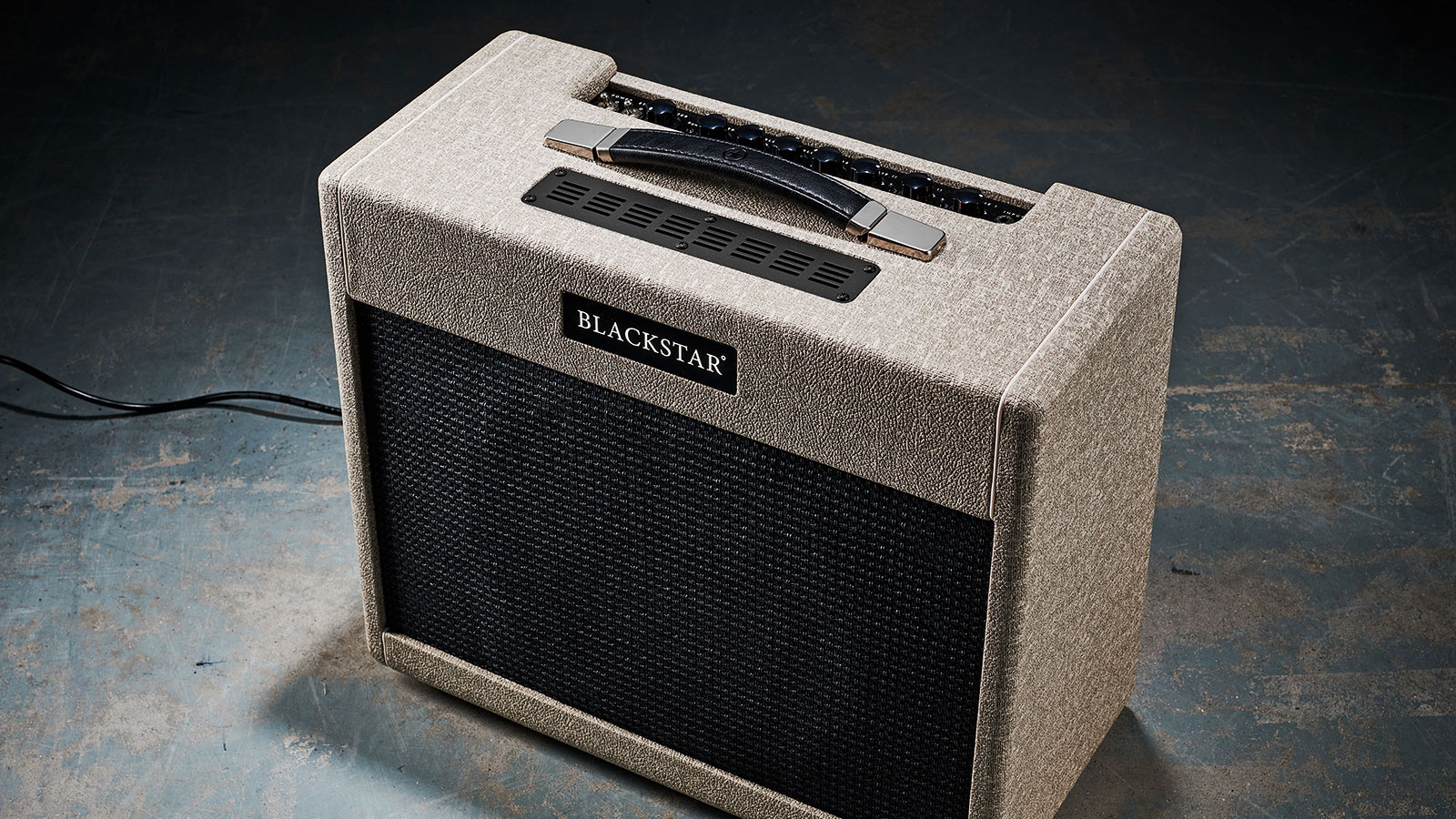
Talk us through the St James range.
“We’ve got two core models in the range, an EL34 version and a 6L6 version, produced in various different formats. The EL34 variant is your lower-gain pedal-platform amp. When I say lower gain, I mean that on Channel 2 you get a classic vintage lower-gain sound that you can push into quite a nice crunchy distortion.
“And then we’ve got a 10dB boost on that channel, too, so you can get quite a bit of gain on there. We’re talking lower- gain AC/DC stuff. And then the Channel 1 on the EL34 is just a really high headroom, super-clean American-style channel.
They are the ‘vintage amps’ that we never had – if we had started making amps back in the 60s then they probably would look something like this
“The 6L6 version has the same first channel as the EL34, a very high-headroom American-style channel, and the second channel is more of a higher-gain thing – more of a Traditional Blackstar/Modded Marshall sound. The voice on that channel has a much tighter low-end and a much brighter top-end.
“We spent a lot of time going through vintage reference [amps] and also our own reference amps from our Artisan range when we were designing the St James amps. We got the absolute best versions of those sounds that we could find and used those as references for voicing St James.”
The tech inside the St James amps is innovative – but the outward styling is quite retro and looks a bit different to the norm for Blackstar.
“It was interesting developing the styling and look of these. When we were first looking at the lightweight amp concept, we had all kinds of designs from traditional Blackstar-looking amps to ‘lunchbox’-style things. And the St James heads ended up coming in between that lunchbox format and the traditional Blackstar style.
“These new St James amps are almost the ‘vintage amps’ that we never had – if we had started making amps back in the 60s then they probably would look something like this. The whole concept of this [new range] was to make a really simple amp that’s going to make every artist around the world really happy when they play it – and look absolutely killer on stage.”
Jamie Dickson is Editor-in-Chief of Guitarist magazine, Britain's best-selling and longest-running monthly for guitar players. He started his career at the Daily Telegraph in London, where his first assignment was interviewing blue-eyed soul legend Robert Palmer, going on to become a full-time author on music, writing for benchmark references such as 1001 Albums You Must Hear Before You Die and Dorling Kindersley's How To Play Guitar Step By Step. He joined Guitarist in 2011 and since then it has been his privilege to interview everyone from B.B. King to St. Vincent for Guitarist's readers, while sharing insights into scores of historic guitars, from Rory Gallagher's '61 Strat to the first Martin D-28 ever made.




